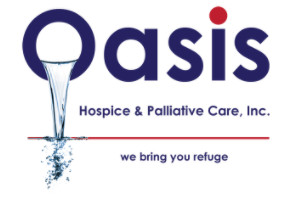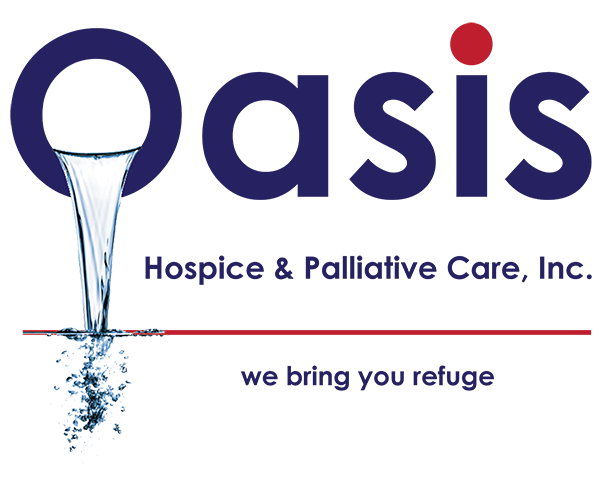The etiology of ALS is unknown, and doctors are unsure why some people develop the disease and others do not. Scientific evidence, on the other hand, reveals that both genetics and environment have a role in the degradation of motor neurons and the development of ALS.
Genetics
Mutations in the SOD1 gene were linked to some cases of familial ALS in 1993, according to research funded by the National Institute of Neurological Disorders and Stroke (NINDS). Since then, more than a dozen other genetic mutations have been discovered, many of them because to NINDS-funded research.
Changes in the processing of RNA molecules may contribute to ALS-related motor neuron degeneration, according to research on specific gene mutations. RNA molecules are involved in the cell’s molecule creation as well as gene activity.
Other gene mutations suggest that there are problems with protein recycling, which is a normal process in which defective proteins are broken down and utilized to make new ones. Others suggest that abnormalities in the structure and form of motor neurons, as well as greater vulnerability to environmental contaminants, are probable causes.
Environmental determinants
Environmental factors such as exposure to hazardous or infectious agents, viruses, physical trauma, food, and behavioral and occupational factors are all being studied by researchers. Some soldiers and athletes may be at a greater risk of developing ALS due to exposure to chemicals during battle or severe physical activity, for example. Ongoing study may reveal that certain elements play a role in the disease’s onset or progression.
What are the symptoms of ALS and how can you know if you have it?
There is no single test that can diagnose ALS with certainty. It is diagnosed mostly through a detailed history of symptoms noted by a clinician during a physical examination, as well as a review of the individual’s complete medical history and a battery of tests to rule out other disorders. A neurologic examination performed on a regular basis helps determine whether symptoms such as muscle weakness, atrophy, and spasticity are growing worse.
Imaging and muscle testing
- Electromyography (EMG) is a recording technique that can assist diagnose ALS by detecting electrical activity in muscle fibers.
- A nerve conduction study (NCS) assesses the nerve’s ability to convey a signal along the nerve or to the muscle to monitor the electrical activity of the nerves and muscles.
- Magnetic resonance imaging (MRI) is a noninvasive process that produces comprehensive images of the brain and spinal cord using a magnetic field and radio waves.
Based on the person’s symptoms, test results, and examination findings, blood and urine tests may be done. These tests may be ordered by a doctor to rule out the potential of other disorders.
If a physician suspects a someone has a muscle illness other than ALS, a muscle biopsy may be conducted. A tiny sample of muscle is taken under local anesthetic and sent to the lab for analysis.
What is the treatment for ALS?
There is no cure for ALS or a treatment to reverse motor neuron degeneration. Treatments, on the other hand, can help control symptoms, avoid complications, and make living with the disease more bearable.
Multidisciplinary teams of specialists such as physicians, pharmacists, physical, occupational, speech, and respiratory therapists, dietitians, social workers, clinical psychologists, and home care and hospice nurses are the best at providing supportive health care. These groups can create a specific treatment plan and supply specialized equipment to keep patients as mobile, comfortable, and self-sufficient as feasible.
Medications
Drugs to treat ALS have been authorized by the US Food and Drug Administration (FDA):
- Riluzole (Rilutek) is an oral medicine that is thought to prevent motor neuron damage by lowering glutamate levels, a chemical that transfers messages between nerve cells and motor neurons. Riluzole prolongs survival in persons with ALS by a few months in clinical trials, especially in the bulbar type of the disease. Individuals who have trouble swallowing may choose the thickened liquid form (Tiglutik) or the on-the-tongue tablet (Exservan)
- Edaravone (Radicava) is an intravenous infusion that has been demonstrated to help people with ALS slow down their decrease in clinical assessments of daily functioning.
ALS symptoms such as muscle cramps, stiffness, abundant saliva and phlegm, and the pseudobulbar affect (involuntary or uncontrollable bursts of crying and/or laughing, or other emotional displays) can also be treated with drugs. Pain, sadness, sleep difficulties, and constipation can all be treated with medications.
Occupational and physical therapy
During the course of ALS, physical therapy and appropriate equipment can help an individual maintain their independence and safety. Stretching activities can help avoid unpleasant spasticity and muscular shortening (contracture) by strengthening unaffected muscles and range of motion. Gentle, low-impact aerobic exercise such as walking, swimming, and stationary bicycling can help develop unaffected muscles and range of motion. Exercises that deliver these benefits without overworking muscles might be recommended by physical therapists. Occupational therapists can recommend gadgets that assist people save energy and stay mobility, such as ramps, braces, walkers, and wheelchairs.
Support for communication
A speech therapist can teach adaptive skills to help people with ALS talk louder and more clearly. Speech therapists can assist patients with ALS in maintaining their ability to communicate as the disease develops.
Eye-tracking technology is used in devices like computer-based speech synthesizers, which can assist people learn to respond to yes-or-no questions using their eyes or other nonverbal means. While they are still able to talk, some people with ALS may choose to employ voice banking to save their own voice for future use in computer-based speech synthesizers.
A brain-computer interface (BCI) is a technology that enables people with ALS to communicate or control equipment like wheelchairs using only their minds. For those with severe paralysis and/or visual problems, researchers are developing more efficient, transportable, and even some auditory-based BCIs.
Nutritional assistance
Individuals and caregivers can learn how to plan and prepare small meals throughout the day that contain enough calories, fiber, and moisture, as well as how to avoid difficult-to-swallow foods from nutritionists. Suction devices may be used to remove excess fluids or saliva and prevent choking. When people are unable to eat, doctors may recommend the placement of a feeding tube, which decreases the danger of choking and pneumonia caused by breathing liquids into the lungs.
Breathing assistance
People may experience shortness of breath after physical exercise and trouble breathing at night or while lying down as the respiratory muscles weaken. Noninvasive ventilation (NIV) is a type of breathing assistance provided by a mask worn over the nose and/or mouth. NIV may be required only at night at first, but it may later be utilized all of the time. For many persons with ALS, NIV improves their quality of life and increases their chances of survival.
Individuals with ALS may have difficulty coughing due to the weakening of the muscles that control respiration. Mechanical cough assistance devices are one method for helping people boost their vigorous coughing.
Individuals may require mechanical ventilation (respirators) as the disease advances, in which a machine inflates and deflates the lungs. A breathing tube can be inserted through the mouth or a hole in the front of the neck can be surgically created and a tube going to the windpipe inserted (tracheostomy). Ventilation support can help with respiratory problems and extend life, but it has little effect on the course of ALS.
Reach Out To The Supportive Hospice Care Team
For more information about ALS, contact our staff at Oasis Hospice & Palliative Care, Inc. at (708) 564-4838 today. We’re here to help patients who require care, as well as their families, get the help they need and want to live a meaningful and satisfying life.

